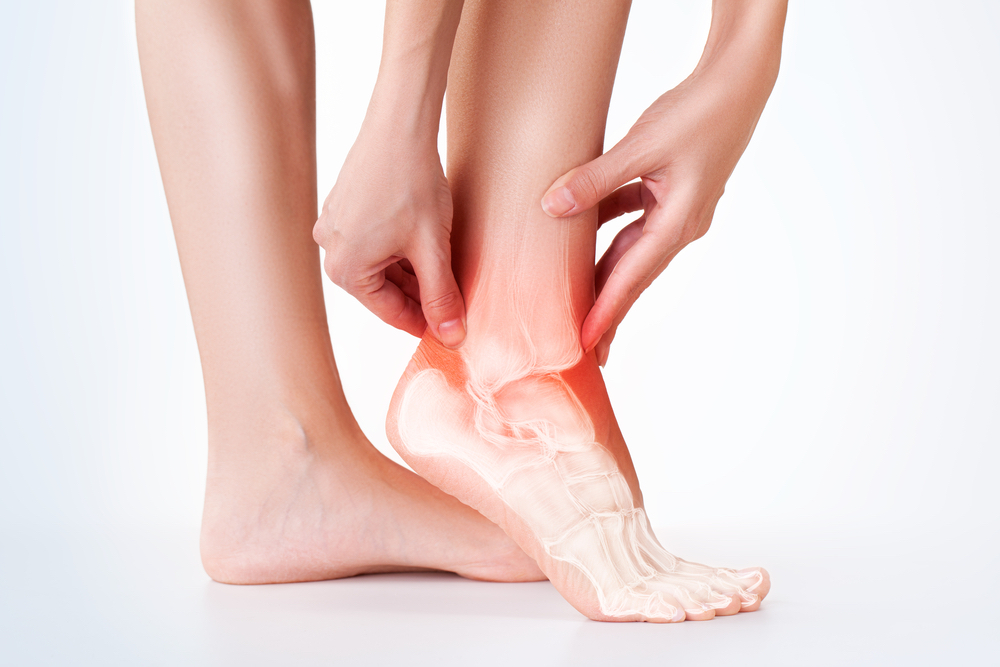 The important principles of Pilates are consistent with an exercise program that promotes back health. In particular, learning awareness of neutral alignment of the spine and strengthening the deep postural muscles that support this alignment are important skills for the back pain patient.
The important principles of Pilates are consistent with an exercise program that promotes back health. In particular, learning awareness of neutral alignment of the spine and strengthening the deep postural muscles that support this alignment are important skills for the back pain patient.
Patients with pain stemming from excessive movement and degeneration of the intervertebral discs and joints are particularly likely to benefit from a Pilates exercise program. In addition, postural asymmetries can be improved, thus decreasing wear and tear resulting from uneven stresses on the intervertebral joints and discs.
Pilates improves strength, flexibility and suppleness of the muscles of the hip and shoulder girdle. Fluid and supported movement through these joints helps prevent unnecessary torque on the vertebral column.
The Pilates program also teaches awareness of movement habits that may stress the spine, and helps the patient change these habits to those that preserve neutral alignment. Awareness of excessive tension and the use of proper focus helps the patient use the body efficiently.
Pilates Considerations for Back Pain Patients
Before starting any new exercise system, it is always advisable to check with a physician or other healthcare provider. Before starting a Pilates exercise program, it is important to check that the potential instructor has received training in the Pilates exercise system, and that he or she understands any specific back problems. If a patient starts Pilates after physical therapy, the physical therapist should outline the exercise principles identified as particularly important for his or her rehabilitation.
Individuals with significant back problems may benefit from several one-on-one Pilates sessions with a qualified Pilates instructor. While more expensive than a group class or mat class, the time, money and effort devoted to learning the exercises correctly can be well worth the investment, as exercises performed incorrectly can make a back problem worse. Initially, twice-a-week sessions tend to be helpful to learn the program more quickly. After that, weekly Pilates exercise sessions may be enough if the individual practices between sessions.
The principles of movement important for back health are taught in some of the simplest exercises of the Pilates system. One cannot underestimate the benefit of simple exercises that support the deep postural muscles of the trunk, awareness of neutral alignment, and supple use of the shoulders and hips. It is best to learn exercises that can be practiced at home between scheduled Pilates sessions.
Given its roots in ballet and dance, some of the movements in the Pilates system are very difficult and challenging. Many of the exercises should be avoided for individuals with significant back pain or degenerative disc disease. Remember, it is always advisable to first see a physician prior to starting any exercise program.
 As a general rule, back patients should avoid exercises that push the spine into extremes of flexion or extension, or combine flexion with side bending or twisting the spine. These motions place excessive stress on the intervertebral discs. Also, it is important to avoid fatigue – either mental or physical – which is when proper form is lost and injuries more likely to occur.
As a general rule, back patients should avoid exercises that push the spine into extremes of flexion or extension, or combine flexion with side bending or twisting the spine. These motions place excessive stress on the intervertebral discs. Also, it is important to avoid fatigue – either mental or physical – which is when proper form is lost and injuries more likely to occur.
The exercises in the Pilates system should be challenging (both mentally and physically) but not so difficult that they cause anyone to struggle. If an exercise causes pain—it is best to stop and tell the instructor. The exercise may be too difficult, or the person may need additional help to do it correctly.
Finally, it may take awhile for the full benefits of a Pilates exercise program to be realized. Just as problems that create most back pain problems happen gradually over time, learning to use one’s muscles in a way that support – rather than stress – the spine takes time and commitment.
Source: spine-health.com; Beth Glosten, MD








